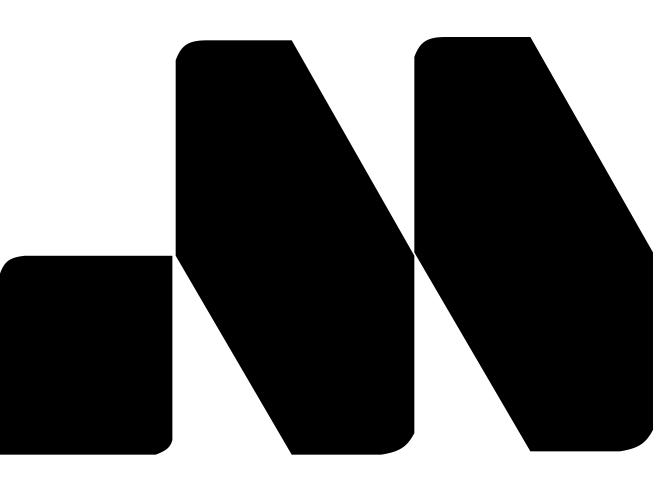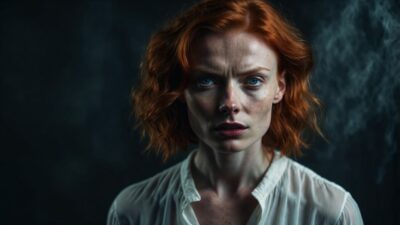The creative landscape is shifting under our feet. For years, our value was intrinsically tied to our ability to create something from a blank page—to draw, to design, to write from scratch. But with the explosion of generative AI, the blank page is no longer the starting point. This has led many to fear that our jobs are at risk. I believe the opposite is true: our role hasn’t been diminished, it has been elevated. Our job is now less about manual creation and more about what has always been our most valuable asset: taste, curation, and direction.

A perfect example of this landed right in my hometown, Valladolid. When the poster for the city’s main festival was released, I knew instantly it was AI-generated. But that wasn’t the problem. The problem was that it was just plain bad. It was a jumble of poor compositional choices, awkward details, and a general lack of conceptual strength that no professional designer would ever let slide. The AI executed a prompt, but there was no taste, no experienced eye to guide it, to say “no, that doesn’t work,” and to refine it into something meaningful.
This isn’t the first time our industry has faced a technological revolution. I can only imagine what designers who worked on drawing boards felt when a new generation of creatives arrived with computers, capable of doing in minutes what used to take them days. But the best ones, the true visionaries, didn’t disappear. A legend like Cruz Novillo never struggled for work because his genius wasn’t in his tools; it was in his mind. His ability to distill complex ideas into timeless, brilliant logos is a function of talent and taste. An AI can generate a thousand logos in a second, but it can’t replicate that spark of genius. It can’t have “good taste.”
And that’s where we find our new role. We are no longer just makers; we are directors. We are curators. Our years of analyzing what works and what doesn’t, our deep understanding of composition, color theory, and storytelling, our finely tuned taste—this is what separates a soulless AI-generated image from a powerful piece of communication.
AI is the most powerful assistant we’ve ever had, but it’s still an assistant. It needs direction. It needs a vision. And that vision comes from us. The future of creativity isn’t a battle against machines; it’s a partnership where our human experience and taste are more critical than ever.





